Apple iPhone History: From iPhone to the iPhone 15

Did you know that Apple iPhone turned 17 in 2024? Well… time goes by and the fairy beautiful child concept of Bill Gates is now a youthful teen fellow… and yes, everyone loves him for so many different reasons.
What even is more interesting are the historical evolutions and technological breakthroughs that very few can recall as they try to.
In this blog, we will raise the curtain and go back in time, revealing the key goodies each iPhone model brought to our amazing world of technology.
Excited to go deep down the iPhone trail?
Let’s dive right in.
iPhone (2007)
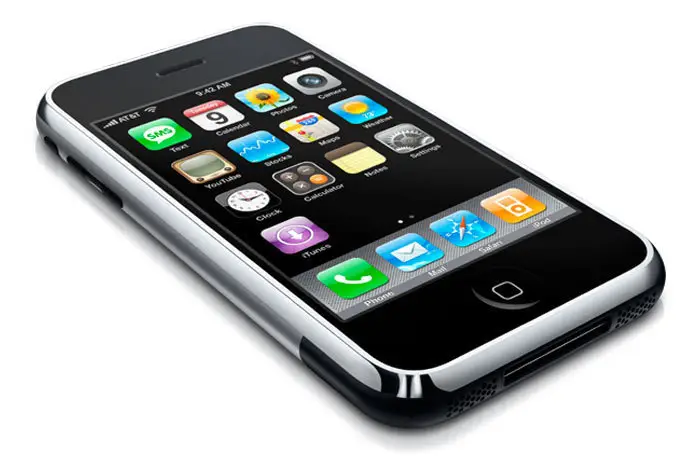
The first iPhone that Bill Gates announced in a 2007 presentation ushered in a new era of modern smartphones. It introduced the classic app icons grid, a home button, and a multi-touch display that replaced the traditional physical button keyboard. The phone, however, lacked 3G connectivity and the App Store.
iPhone 3G (2008)
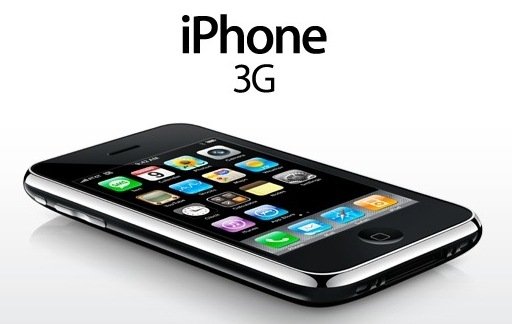
The second iPhone, the iPhone 3G, filled the gap left by last year’s iPhone by bringing in 3G connectivity and the App Store. It also brought in push email and GPS navigation. Launching of the new App Store opened the doors for developers who went on to develop brilliant and handy applications and games in the coming years, thereby raising the value of future iPhones.
iPhone 3GS (2009)
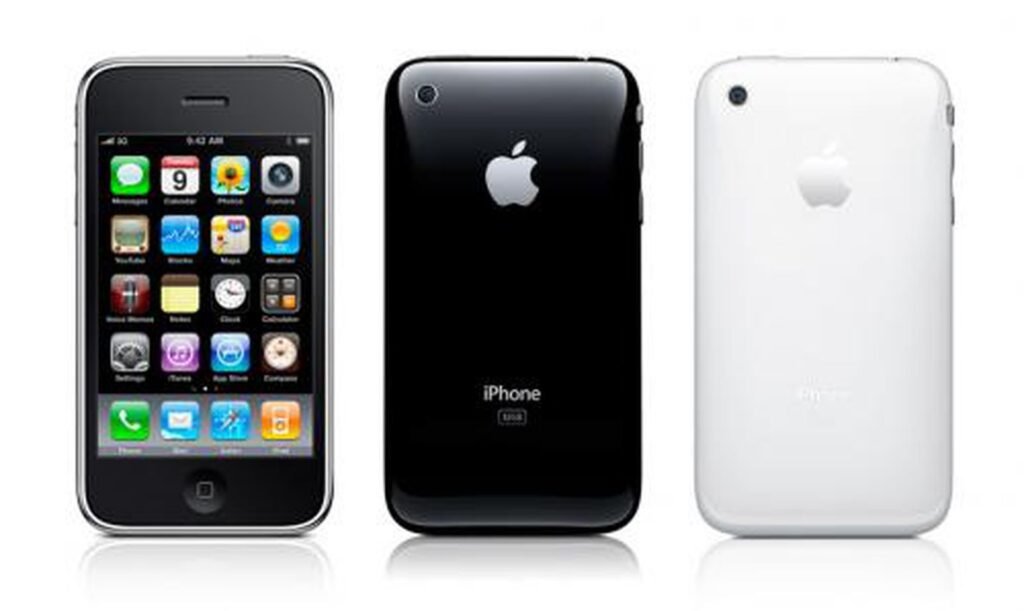
The first S model did not bring breakthrough features but added some improvements to the existing ones. The ‘S’ stood for ‘Speed’ as Apple claimed the phone was twice as fast as its predecessor. Also, the users were now able to copy and paste text.
iPhone 4 (2010)
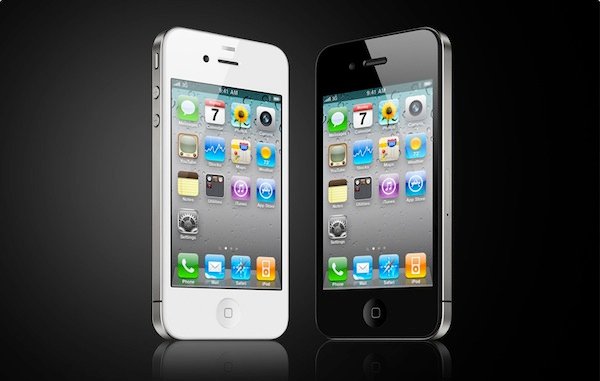
The first major redesign Apple brought was the iPhone 4. It had a stainless steel frame, a glass back, a front camera (that made FaceTime video calls), and a Retina display. This was the slimmest smartphone in the world at the time. It had a squarer design with rounded corners and was shipped with the iOS 4 which could handle multitasking apps.
iPhone 4S (2011)
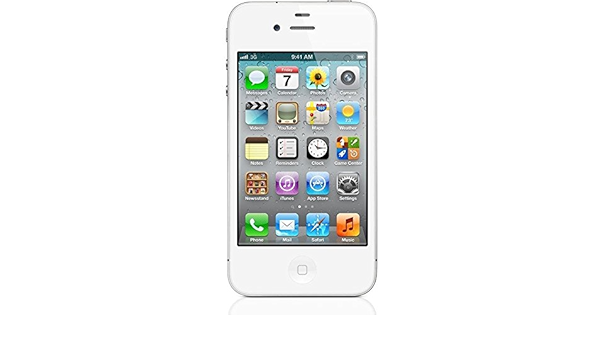
The 5th generation iPhone 4S came with an 8 MP rear camera and Siri – Apple’s voice assistant that was a little too early release. The device was released on October 4, 2011; one day before the Apple founder Steve Jobs died.
iPhone 5 (2012)
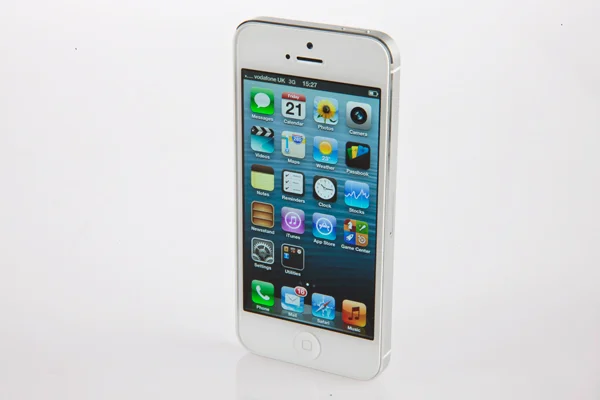
The iPhone 5 had a bigger 4-inch display following the big screen trend at the time. The 30-pin charging port was also replaced by the reversible Lightning connector. The phone had an aluminium chassis which was lighter yet durable.
iPhone 5S (2013)
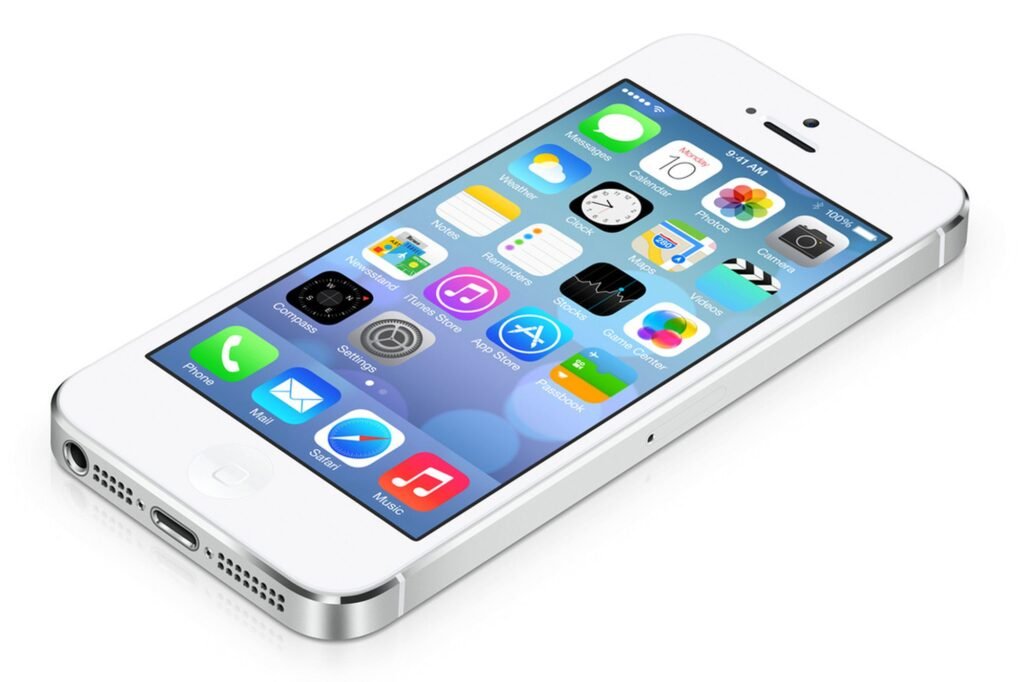
The home button was replaced with the Touch ID which became a standard for smartphones later on. The A7 chip was a 64-bit groundbreaking processor. The iOS 7 also had significant overhauls including scrapping of the fake textures in the apps, giving the device a flatter look.
iPhone 5C (2013)
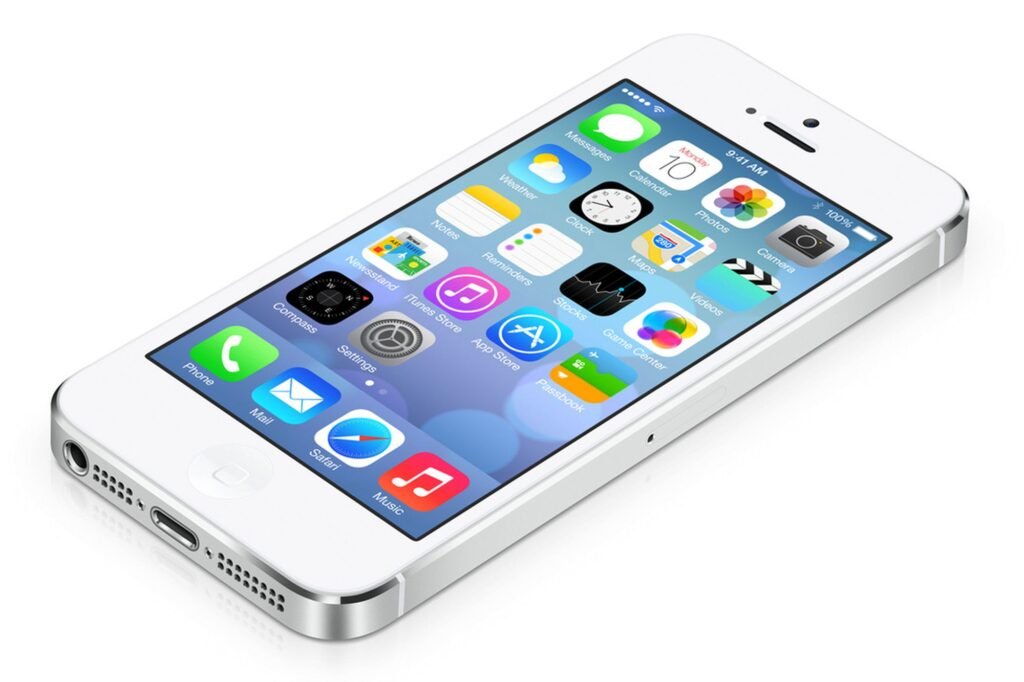
The phone was released on the same day as the iPhone 5S, being the cheaper of the two. It had a polycarbonate chassis which was called as ‘unapologetically plastic’ by the designer Jony Ive.
iPhone 6 and 6 Plus (2014)
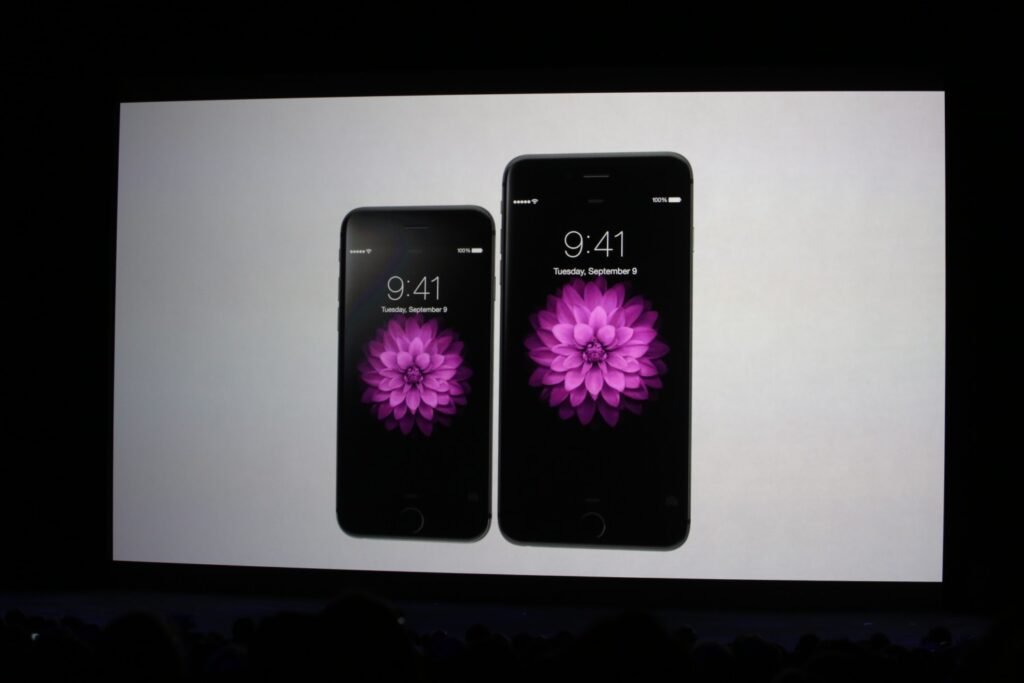
iPhone finally went big; the iPhone 6 had a 4.7-inch display while the 6 Plus came with a 5.5-inch screen. Both phones had curved edges and featured NFC for mobile payments. The cameras were also improved which became a signature feature of the iPhones in the years that followed.
iPhone 6S and iPhone 6S Plus (2015)
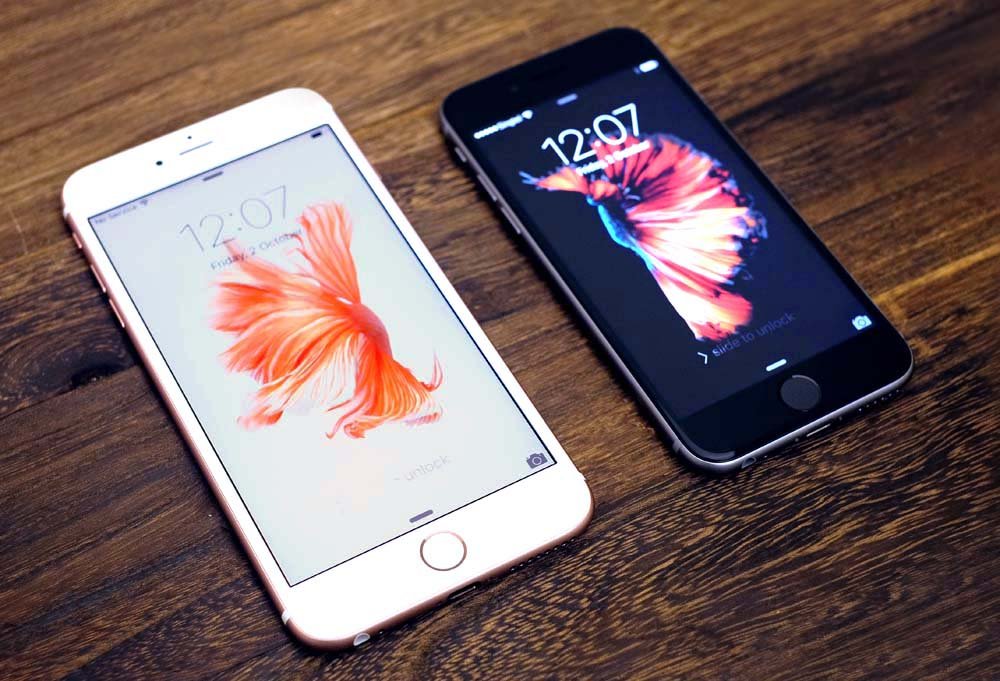
The glass was made tougher and the aluminium ceasing was durable. Design-wise, there wasn’t a big change from the previous year’s S phones. The phones embraced a pressure-sensitive display called the 3D Touch which revealed menus and previews by tapping and holding on any item.
iPhone SE (2016)

This was Apple’s first attempt of bringing an affordable entry-level iPhone for those who wanted a smaller phone.
iPhone 7 and 7 Plus (2016)
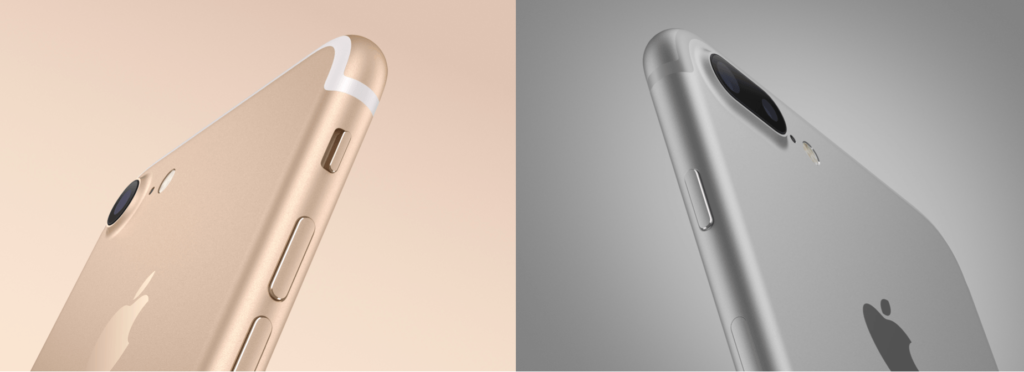
The iPhone 7 and 7 Plus refined what was offered by the iPhone 6S – better cameras and water-resistant design. The Plus model brought a dual-lens camera system with a 2x zoom. Also, the physical home button was replaced with the digital button. The headphone jack was also removed which Apple called ‘courage’.
iPhone 8, iPhone 8 Plus (2017)
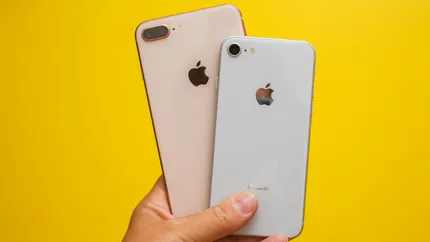
The iPhone 8 family devices were little upgrades from the 7 models with improved cameras and glass rear that allowed wireless charging possible. They kept the 4.7 and 5.5-inch screens of the iPhone 6.
iPhone X (2017)
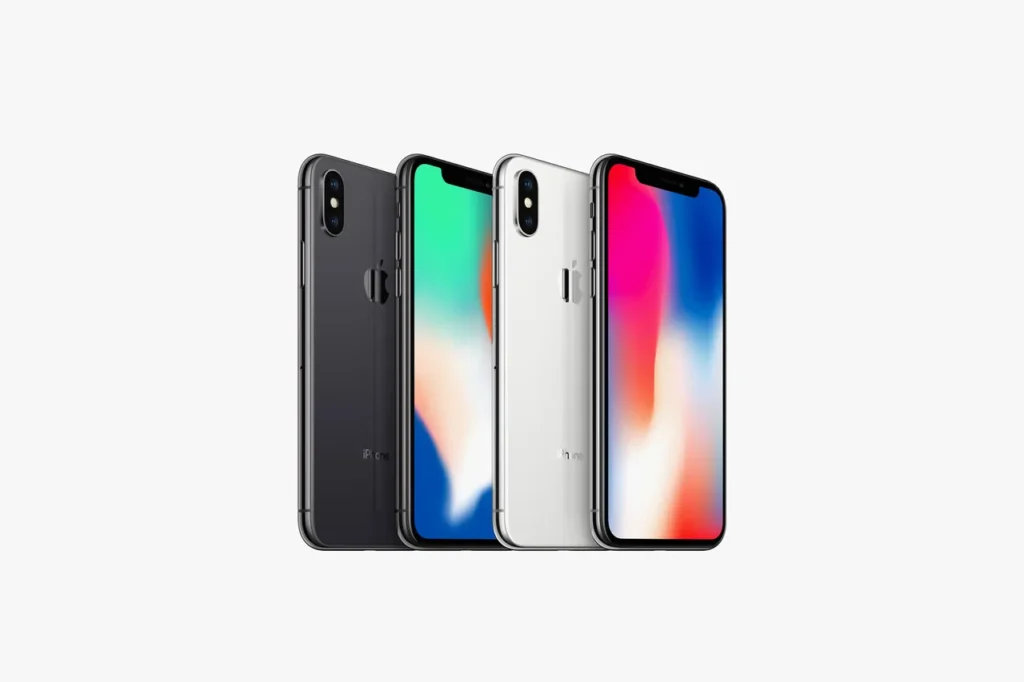
The iPhone X, also known as the iPhone 10, marked the iPhone’s departure from the home button. The phone also welcomed an edge-to-edge OLED screen surrounded by a stainless steel frame. The Face ID sensor replaced the Touch ID and silly Animoji characters were fun sending in an iMessage.
iPhone XR (2018)
This lower-end iPhone had a colourful aluminium instead of a stainless steel casing. The telephoto lens and 3D Touch were also scrapped and the OLED display was replaced with an LCD screen.
iPhone XS and iPhone XS Max (2018)
The XS model saw tiny improvements to the previous year’s iPhone X. The iPhone XS Max, on the contrary, made a huge leap forward with a mighty 6.5-inch screen. Its release ushered in a new era of bigger-display Max iPhones that would feature the best features in the family.
iPhone 11, iPhone 11 Pro, and iPhone 11 Pro Max (2019)
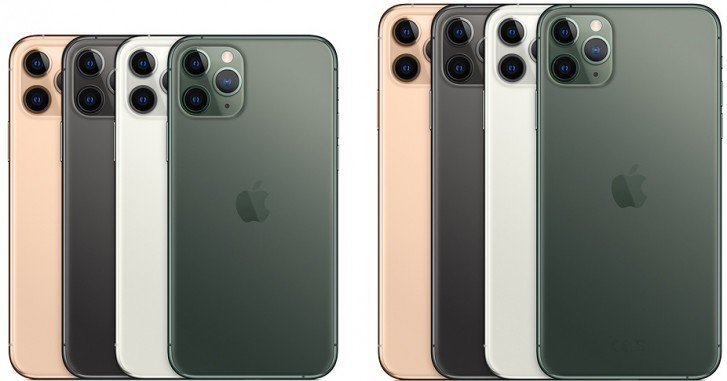
The iPhone 11 had a newer ultra-wide camera that captured more area in the scene. The iPhone went Pro for the first time ever with 11 Pro and 11 Pro Max. These phones had three lenses instead of two along with a 18W fast charging and a USB-C to Lightning cable.
iPhone 12, iPhone 12 Mini, Pro, and iPhone 12 Pro Max (2020)
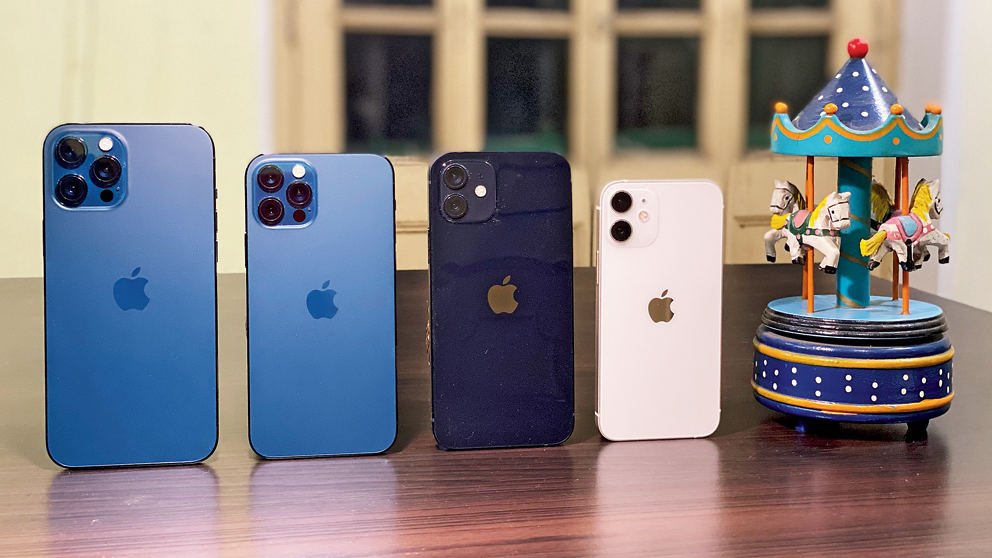
The iPhone 12 pulled back the flat-edged, glass sandwich design. It introduced the MagSafe charging for faster wireless charging and 5G connectivity. The 12 Mini was a shrunken phone that was a true gift for small-phone lovers. The 12 Pro model had a stainless steel frame and a telephoto camera. The 12 Pro Max marked Apple’s largest yet screen of 6.7 inches.
iPhone 13, iPhone 13 Mini, iPhone 13 Pro, and iPhone 13 Pro Max (2021)

The iPhone 13 featured some camera upgrades and the lenses were arranged in a diagonal array instead of a vertical arrangement. Both 13 and 13 Mini got significant battery life boost. The 13 Pro had a 3-lens camera profile with a 3x optical zoom, macro photography support, and improved low-light performance. The ProMotion high refresh rate displays of the 13 Pro and 13 Pro Max phones became standard for the later smartphones.
iPhone SE (2022)
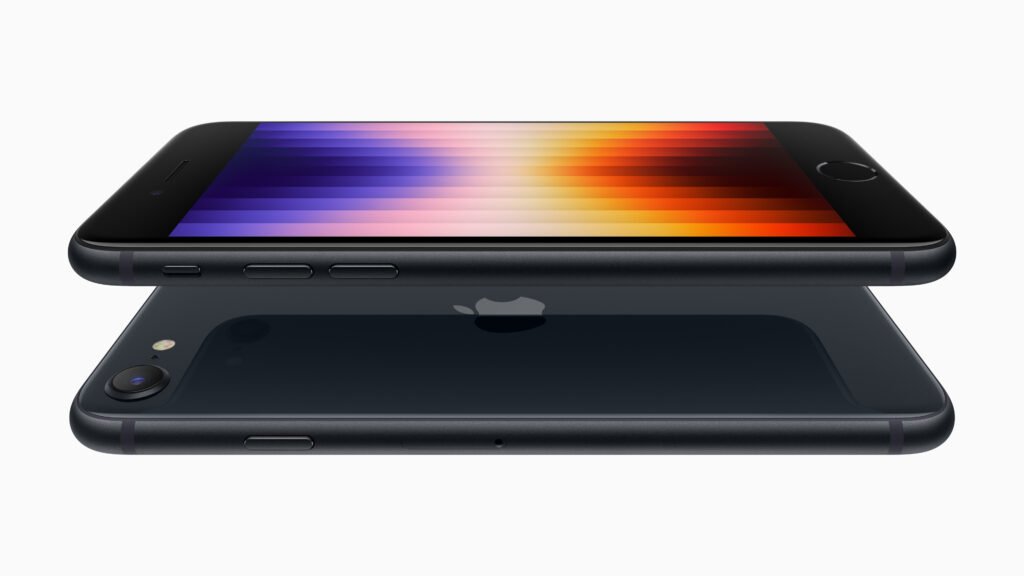
The 3rd generation SE iPhone was almost a carbon copy of the 2020 model but it had the latest chipset and 5G cellular connectivity.
iPhone 14, iPhone 14 Plus, iPhone 14 Pro, and iPhone 14 Pro Max (2023)

The iPhone 14 series brought in the bigger display in a more affordable price bracket with the release of the iPhone 14 Plus model. Both 14 and 14 Plus models had a higher-resolution TrueDepth camera, an upgraded primary camera, car crash detection, and emergency satellite communication. The US users also got the eSIM replacing the physical SIM tray. The 14 Pro and 14 Pro Max finally kicked the notch out and welcomed an interactive Dynamic Island that could display notifications and live info of different apps running in the background. The biggest upgrade was the 48 MP camera that could capture stunning photos with the ProRes support.
iPhone 15, iPhone 15 Plus, iPhone 15 Pro, and iPhone 15 Pro Max (2024)

The Apple iPhone 15 Series has brought some improvements to the 14 family but not significant breakthroughs. The cameras are improved and the Pro Max models don’t have 128 GB anymore. The iPhone 15 and 15 Plus models are powered by the A16 Bionic processor while the Pro models feature the newer A17 Pro chipset.